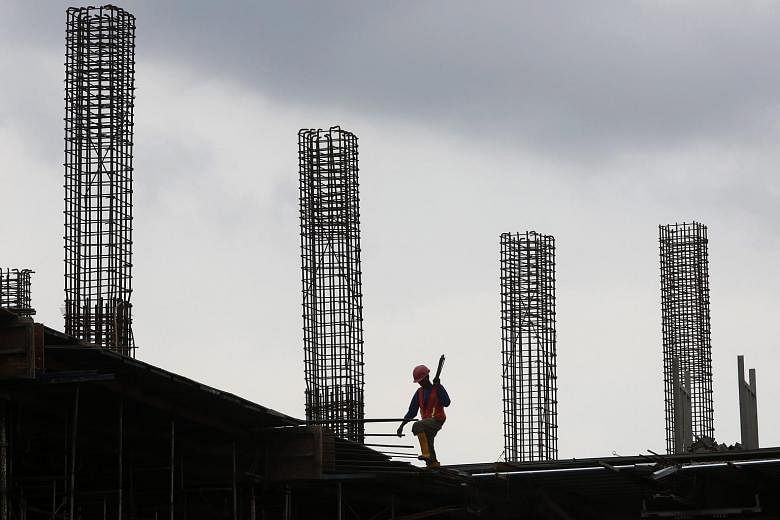South-east Asia's conglomerates continue to outperform their pure-play peers, but their lead has narrowed with the end of the commodities boom and mounting competition in a slower growth era, a new report has shown.
The study assessed the performance of 67 large family- and government-linked conglomerates in Indonesia, Malaysia, the Philippines, Singapore, Thailand and Vietnam over a 10-year period from 2006 to 2015.
During that decade, their median annual total shareholder returns or TSR, which assumes that dividends are reinvested, was 13 per cent - respectable, but a hard fall from the impressive 29 per cent TSR achieved from 2003 to 2012.
In comparison, firms in South- east Asia that focused on a single business saw median annual TSR decline markedly in the same periods, from 19 per cent to 11 per cent, management consulting firm Bain & Company found in the study.
One factor that has eroded the conglomerate advantage is the commodities rout.
As many as 30 per cent of the region's conglomerates have a commodity focus, and these firms suffered from 2012 to 2015, said the report.
-
30% The region's conglomerates with a commodity focus, which have suffered from 2012 to 2015.
The other reason plays directly to the cliche of conglomerates as unwieldy dinosaurs.
"A conglomerate's size and complexity create ways to hide costs, cross-subsidise businesses and avoid tough decisions," said the report, and the region's dinosaurs have lagged their focused counterparts in tackling the mounting cost and productivity challenges.
From 2011 to 2015, the region's conglomerates saw a 2 per cent median annual rise in revenue, but operating expenses rose by 3 per cent.
Median operating expenses as a percentage of revenues rose from 13 per cent in 2011 to 15 per cent in 2015.
By contrast, the region's pure plays have kept median operating expenses at 15 per cent of revenues.
In spite of this, conglomerates continue to play a major role in South-east Asia, accounting for around 40 per cent of the top listed stocks, Bain said.
And what has not changed is that South-east Asia conglomerates are consistently delivering higher shareholder value than their counterparts in developed markets.
Conglomerates outside of Southeast Asia delivered an annual TSR of 7 per cent from 2003 to 2012, and a TSR of just 2 per cent from 2006 to 2015, according to Bain.
The report also discussed some popular growth strategies among conglomerates, such as mergers and acquisitions (M&A).
In Bain's analysis, "M&A is an acquired skill and frequent acquirers substantially outperform infrequent acquirers".
Conglomerates in South-east Asia that executed 10 or more deals (acquisitions and divestments) achieved a median TSR of 13 per cent in the 2011 to 2015 period, while non-acquirers achieved only 2 per cent, the research found.


